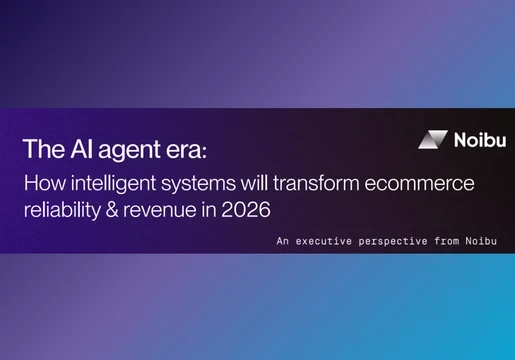Twenty years ago, many of us got our first taste of chatbot when Smarterchild emerged on the scene during the heyday of AOL and MSN. The conversational intelligent agent was built to answer questions that spanned a range of topics, such as “what’s five multiplied by thirty?”, “what time is Pirates of the Caribbean showing at the local cinema?”, and even “could you give me some stock quotes, please?”

Of course, not everyone was as nice. Kids would come into school bragging about how they swore at the bot until it blocked them. Terrible, looking back, but absolutely hilarious at the time. Urban legends also spread about Smarterchild, normally to the tune of it actually being a real boy genius in a country overseas.
In short, chatbots were fun – and they still are today. However, our relationship with chatbots has shifted significantly. We now know that chatbots are not a boy in, say, Kansas, so we don’t bother trying to pick fights. On the contrary, most of us today recognise chatbots as a staple of good customer service. We’ve become increasingly familiar with visiting a webpage and being greeted with a little pop-up saying “Hi! I’m Mel. Let me know if I can help you with anything.”
However, chatbots are much more than a nice-to-have. Rather, they are a must-have for businesses, and no report makes more of a compelling case for it than Drift’s 2020 State of Conversational Marketing.
Before we get into it, here’s a quick bit of background on Drift: Drift is the leading revenue acceleration platform that shortens your sales cycle, accelerates digital transformation, and of course, helps grow revenues. In the Conversational Marketing report, 538 B2B business leaders across various industries were surveyed about the products and services they use every day. The report also explored changing consumer preferences in 2020 and how tools such as AI chatbots are stepping up for businesses.
Key findings from the report are:
-
Live Chat, Social Media, and Chatbots Have Grown Increasingly Popular: Online live chat grew by 35% and social media saw a 31% increase since 2019. However, the most notable growth spurt came from chatbots, which saw a massive 92% increase in use since 2019 – the largest increase observed.
-
Immediacy is paramount, and unresponsiveness can cost brands. 46% expect a response from a chatbot within 5 seconds or less; while 43% expect the same from live human chat. Frustrations with unresponsive brands are peaking at 5.7x the rate of 2019, with 51% of respondents saying they would stop engaging if the solution was too slow to respond.
-
Conversational Marketing is boosting customer experience while helping businesses lower costs and increase revenues. Companies that actively improve their customer experience report an increase in their revenue (84%), increased customer loyalty (92%), and improved cost savings (79%). Between 2019 and 2020, using a Conversational Marketing solution to 1) schedule a meeting, 2) purchase an item, or 3) add yourself to a mailing list more than doubled.
The findings tell us a lot about buyers today. In particular, it shows that buyers want real-time support and that speed is no longer negotiable. We’re living in a culture of immediacy; just look at Amazon’s same-day delivery, or Uber’s car hailing which often takes as little as a few minutes. As consumers grow to expect this immediacy, B2B needs to answer the same call – and chatbots are playing a critical role in this process.
Similarly, the report found that customer patience is thinning. In 2019, 41% of respondents said that if a chatbot wasn’t helpful or if it provided inaccurate information then they would stop using it. In 2020, that number grew by 45%.
As an added bonus, chatbots also allow businesses to tap into personalisation. Businesses can design their chatbots to be friendly, formal, or whatever best represents their brand. They can also sprinkle chatbot communications with emoticons, making the bot a little more human. Better still, they can hone in on user data for a more personalised experience, such as “Hey Joe! Nice to see you again.”
In short, customers want it all, and they want it now. By having a chatbot in place, it becomes possible for businesses to meet those expectations, as it allows for 24/7 support and instantaneous interaction. As the report makes clear, chatbots could be the deciding factor between a customer making a purchase or not at all.







Comments ( 0 )